Zoom
Trash

Wedang Temulawak recipe. Traditional Medicine JAMU (Temulawak) TEMULAWAK Curcuma xanthorrhiza Temulawak is a natural Indonesian herb, but it only grows in Java, Maluku and Kalimantan.
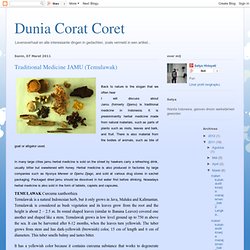
Temulawak is considered as bush vegetation and its leaves grow from the root and the height is about 2 – 2.5 m. Its round shaped leaves (similar to Banana Leaves) covered one another and shaped like a stem. Temulawak grows in low level ground up to 750 m above the sea. It can be harvested after 8-12 months, when the leaves turn yellowish. It has a yellowish color because it contains curcuma substance that works to degenerate bacteria and as a hepatoprotector. Temulawak extract is also proven to be good to decrease cholesterol level in the blood and liver.
Plantation Generally, the plantation of temulawak nowadays is still not be done largely. To occupy the need of temulawak ,that currently still depends on the source from forest that grows wildly. It is proved that the amount of wild temulawak in East, has much decreased compared to a few years ago. Chemical contents.
‘Temulawak’ another wonder healer. Fresh take: A modern look for temulawak, incorporated into a turmeric drink.
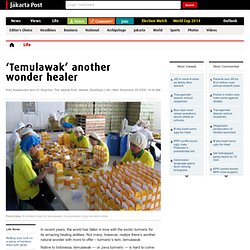
In recent years, the world has fallen in love with the exotic turmeric for its amazing healing abilities. Not many, however, realize there’s another natural wonder with more to offer – turmeric’s twin, temulawak. Native to Indonesia, temulawak — or Java turmeric — is hard to come by anywhere else. Therefore it’s no surprise that this member of the ginger family is still far from attaining worldwide recognition like turmeric. Turmeric itself has been the prima donna of the medical world for the past few years, thanks to its active ingredient curcumin, a wonder chemical believed to help treat many ailments, including hepatitis, Alzheimer’s, psoriasis and even several types of cancer, such as colon cancer. Benefits of Turmeric White. Benefits of Turmeric white (Curcuma manga) was very good for our bodies.
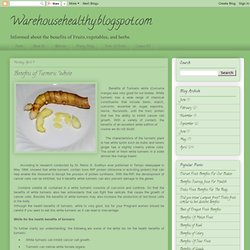
White turmeric has a wide range of chemical constituents that include tianin, starch, curcumin, essential oil, sugar, saponins, resins, flavonoids, until the toxic protein that has the ability to inhibit cancer cell growth. With a variety of content, the benefits of an excellent white saffron of course we do not doubt. The characteristics of the turmeric plant is has white spots such as bulbs and tubers ginger has a slightly creamy yellow color.
Kaempferia galanga. Kaempferia galanga, commonly known as kencur, aromatic ginger, sand ginger, cutcherry or resurrection lily, is a monocotyledonous plant in the ginger family, and one of four plants called galangal.
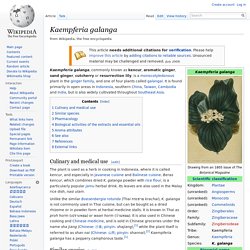
It is found primarily in open areas in Indonesia, southern China, Taiwan, Cambodia and India, but is also widely cultivated throughout Southeast Asia. Culinary and medical use[edit] Kumpulan Resep Jamu Asli Indonesia. Bali Nature Herbal Walks - Ubud, Bali Tour Activities. Dr. Andrew Weil: Turmeric Health Benefits: Have a Happy New Year With Turmeric. Looking for a simple New Year’s resolution for health?

Add turmeric to your diet. Turmeric (Curcuma longa) is a culinary spice, a major ingredient in Indian curries, and the source of American mustard’s bright yellow color. Used as both medicine and food for centuries, accumulating evidence suggests that this relative of ginger is a promising preventive agent for a wide range of diseases, probably due largely to its anti-inflammatory properties. The National Institutes of Health lists 24 current studies on the effects of turmeric and its chief active component, curcumin. Such studies raise the question of which is better to take: whole turmeric, generally used as a powdered spice with food; or curcumin, which is usually taken as a supplement? Here’s a quick roundup of recent research on both turmeric and curcumin. Curcumin seems to delay liver damage that can eventually lead to cirrhosis, according to preliminary experimental research at the Medical University Graz in Austria.
Traditional Herbal Medicine (Jamu) & Traditional Cosmetic. JAMU (TRADITIONAL HERBAL MEDICINE) and TRADITIONAL COSMETICS 'Back to nature' is not merely a slogan in Java and Indonesia.
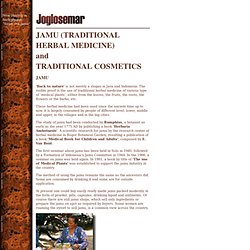
The visible proof is the use of traditional herbal medicine of various type of 'medical plants', either from the leaves, the fruits, the roots, the flowers or the barks, etc.